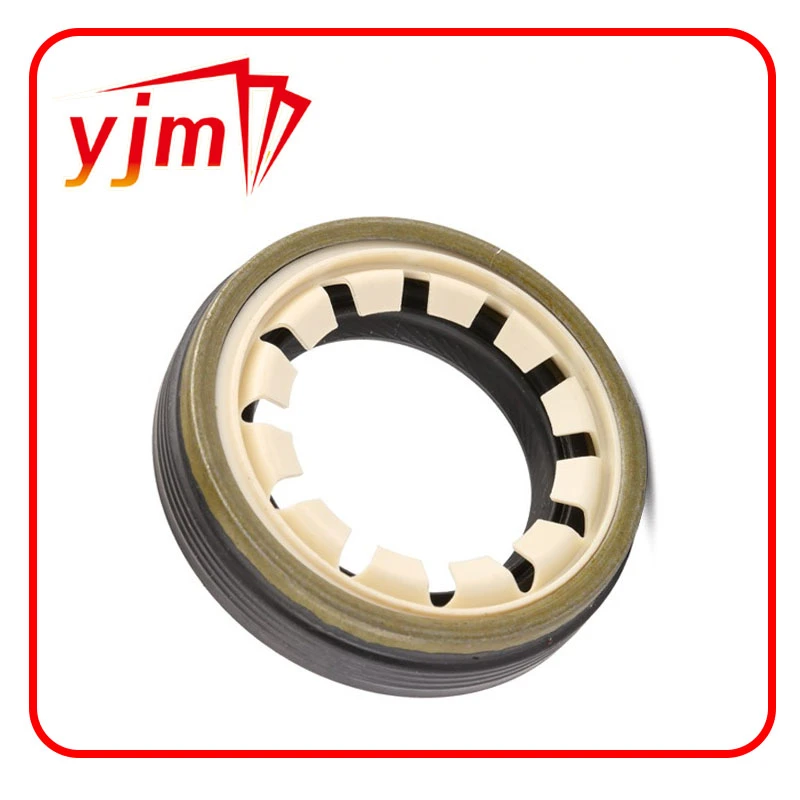car oil pan gasket
Understanding the Importance of Car Oil Pan Gaskets
When it comes to the proper functioning of an automobile, every little part plays a significant role. Among these components, the oil pan gasket is often overlooked, yet it is vital for maintaining the engine's health. An oil pan gasket seals the interface between the oil pan and the engine block, preventing oil leaks and ensuring the engine remains lubricated.
What is an Oil Pan Gasket?
The oil pan, typically made from stamped steel or aluminum, houses the engine oil and serves as a reservoir for oil circulation. The oil pan gasket, on the other hand, is a crucial sealing part that keeps the oil from leaking out of the pan. Made from rubber, cork, or silicone, the gasket must withstand the harsh conditions present in an engine, including exposure to heat, oil, and vibration.
Signs of a Failing Oil Pan Gasket
1. Oil Leaks The most common sign of a failing oil pan gasket is the presence of oil puddles or stains under the vehicle. If you notice oil spots on your garage floor or driveway, it could indicate a compromised gasket. 2. Low Oil Levels Frequent oil changes and low oil levels can point to a leak from the oil pan gasket. If you find yourself adding oil more often than usual, it’s important to inspect the gasket and surrounding areas for any indications of a leak.
3. Engine Overheating While not directly caused by the oil pan gasket, a leaking gasket can lead to oil starvation, which may cause the engine to overheat. Engine oil helps to dissipate heat, so a significant loss in oil can impair this function.
4. Dirty or Discolored Oil A failing gasket can allow dirt and debris to seep into the oil pan. If you notice that your engine oil appears dirty or contaminated, it may be a sign of a compromised gasket.
car oil pan gasket

Importance of Timely Replacement
Ignoring the signs of a failing oil pan gasket can lead to more severe issues down the line, including critical engine damage. An oil leak can not only diminish the amount of lubrication for the engine components but can also result in more complex and costly repairs. For instance, running an engine without adequate oil can cause the components to overheat, leading to a complete engine failure.
Replacing a worn or damaged oil pan gasket is essential for maintaining engine performance and longevity. It is a relatively straightforward job for a skilled mechanic, and it often comes with a reasonable cost compared to the potential damage that a neglected gasket can cause.
What to Expect During Replacement
When replacing an oil pan gasket, a mechanic will typically lift the vehicle and remove the oil pan. The old gasket will be scraped off, and the area will be cleaned to ensure a proper seal with the new gasket. After applying a suitable sealant (if required), the new gasket will be positioned, and the oil pan will be reattached. Finally, the mechanic will refill the oil and start the engine to check for leaks.
Conclusion
The oil pan gasket may be a small component, but its role is critical for the overall health of your vehicle. Regular maintenance checks, along with awareness of the warning signs, can help you avoid the inconveniences of leaks and costly repairs. If you suspect your oil pan gasket is failing, don’t wait—consult a trusted mechanic to ensure your engine continues to run smoothly and efficiently. By taking care of this simple yet important part, you are investing in the longevity and reliability of your vehicle.
-
Understanding Automotive Oil Seals: Essential Components for Engine and Shaft Protection
News Jul.30,2025
-
The Importance of Heavy Duty Seals in Industrial and Residential Applications
News Jul.30,2025
-
Exploring Industrial Oil Seals: From Felt Oil Seals to TTO and CFW Solutions
News Jul.30,2025
-
Essential Guide to Oil Seals: From Radial to Metal-Cased Seals for Industrial Reliability
News Jul.30,2025
-
Choosing the Right Oil Seals and Gaskets for Industrial and Automotive Applications
News Jul.30,2025
-
Cassette Seals: Durable Sealing Solutions for Harsh Environments
News Jul.30,2025
-
Understanding the Front Main Engine Seal: Purpose, Maintenance, and Installation
News Jul.29,2025
Products categories















